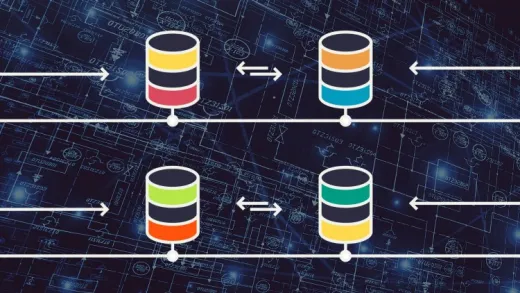Brief Summary
This course is your friendly guide into the world of databases! You'll go from zero to hero, learning how to design tables and manage data effectively. It’s fun, practical, and super easy to understand.
Key Points
-
Basics of databases: what they are and how they work
-
Data management: keeping info organized
-
Understanding data structure and anomalies
-
Three types of table relationships: one-to-one, one-to-many, many-to-many
-
Practical examples for real-world use
Learning Outcomes
-
Create correct database relationships
-
Design databases with referential integrity
-
Design primary keys and foreign keys
-
Organize and manage large sets of data confidently
-
Apply database skills in academic and professional settings
About This Course
Let this course take you from knowing nothing about databases all the way to structuring tables like a professional!
The hardest part about databases is that there is a huge mountain of knowledge needed before even beginning to understand how to design and create them. It doesn't have to be this way. This course will take you from knowing nothing about databases to being able to decisively design relationships between tables. Now, if you're a beginner, you might be asking..."What are database relationships and why do they matter?" The answer is simple, every database is built off the fundamentals of database relationships.
If you want to really understand what a database is, how it works, and how to design your very first set of database tables, this course is for you.
Every lecture is taught in an easy to follow method using on-screen illustrations, drawings, and examples. This course will bring you to a level of understanding that will allow you to develop skills quickly and use them at home, in school, and even in the work setting. These are practical skills. The skills learned in this course are skills that can help you get a job in IT or Database design.
Do you want even better news? These skills are easy. No more confusion, no more fright, no more being a step behind everybody else in database technology. Here is just some of the information you will learn in this course:
The basics of databases - what they are, how they work, and how they structure data.
Data management - How do we keep millions of pieces of information organized and up-to-date?
Data structure - How do we organize data so that our database is protected from anomalies?
How to structure the three types of relationships between tables - one-to-one, one-to-many, and many-to-many. Each with practical examples.
I didn't create this course to sell you something that's going to waste your time. I created this course because I have a passion for databases and I love teaching in a fun way. This course is fun, easy to follow, and worth every penny.
Create correct Database Relationships
Design databases with referential integrity
Design primary keys and foreign keys








Eldon P.
It's been a couple years since I dove into complex dBs & I now suddenly find myself faced w/ developing a BIG one. This course was an excellent refresher & what I expected - ready to rock. Good job Caleb!